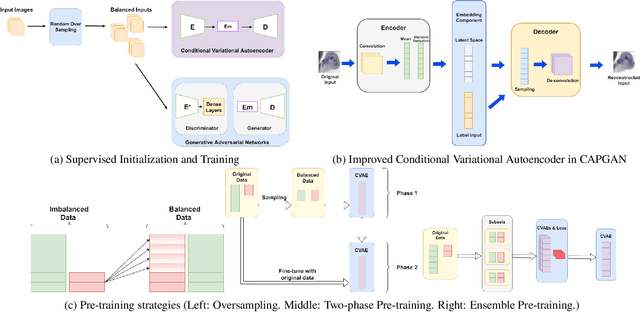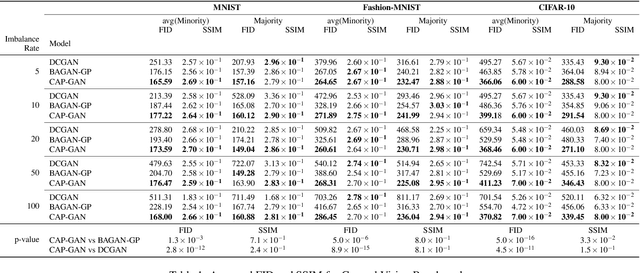Jiaying Wei
Towards Human-Centered Construction Robotics: An RL-Driven Companion Robot For Contextually Assisting Carpentry Workers
Mar 29, 2024Abstract:In the dynamic construction industry, traditional robotic integration has primarily focused on automating specific tasks, often overlooking the complexity and variability of human aspects in construction workflows. This paper introduces a human-centered approach with a "work companion rover" designed to assist construction workers within their existing practices, aiming to enhance safety and workflow fluency while respecting construction labor's skilled nature. We conduct an in-depth study on deploying a robotic system in carpentry formwork, showcasing a prototype that emphasizes mobility, safety, and comfortable worker-robot collaboration in dynamic environments through a contextual Reinforcement Learning (RL)-driven modular framework. Our research advances robotic applications in construction, advocating for collaborative models where adaptive robots support rather than replace humans, underscoring the potential for an interactive and collaborative human-robot workforce.
Conditional Variational Autoencoder with Balanced Pre-training for Generative Adversarial Networks
Jan 13, 2022



Abstract:Class imbalance occurs in many real-world applications, including image classification, where the number of images in each class differs significantly. With imbalanced data, the generative adversarial networks (GANs) leans to majority class samples. The two recent methods, Balancing GAN (BAGAN) and improved BAGAN (BAGAN-GP), are proposed as an augmentation tool to handle this problem and restore the balance to the data. The former pre-trains the autoencoder weights in an unsupervised manner. However, it is unstable when the images from different categories have similar features. The latter is improved based on BAGAN by facilitating supervised autoencoder training, but the pre-training is biased towards the majority classes. In this work, we propose a novel Conditional Variational Autoencoder with Balanced Pre-training for Generative Adversarial Networks (CAPGAN) as an augmentation tool to generate realistic synthetic images. In particular, we utilize a conditional convolutional variational autoencoder with supervised and balanced pre-training for the GAN initialization and training with gradient penalty. Our proposed method presents a superior performance of other state-of-the-art methods on the highly imbalanced version of MNIST, Fashion-MNIST, CIFAR-10, and two medical imaging datasets. Our method can synthesize high-quality minority samples in terms of Fr\'echet inception distance, structural similarity index measure and perceptual quality.
 Add to Chrome
Add to Chrome Add to Firefox
Add to Firefox Add to Edge
Add to Edge